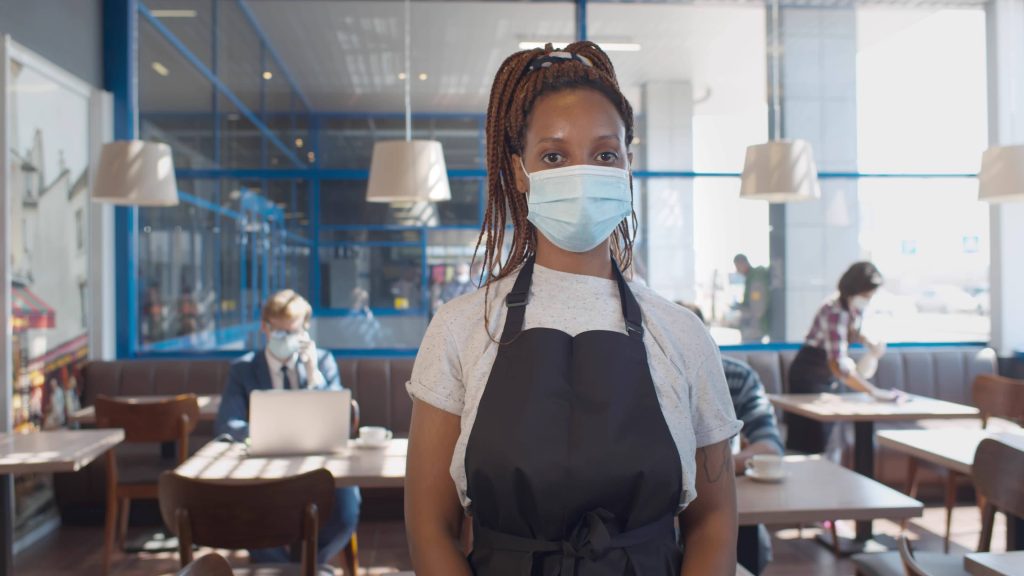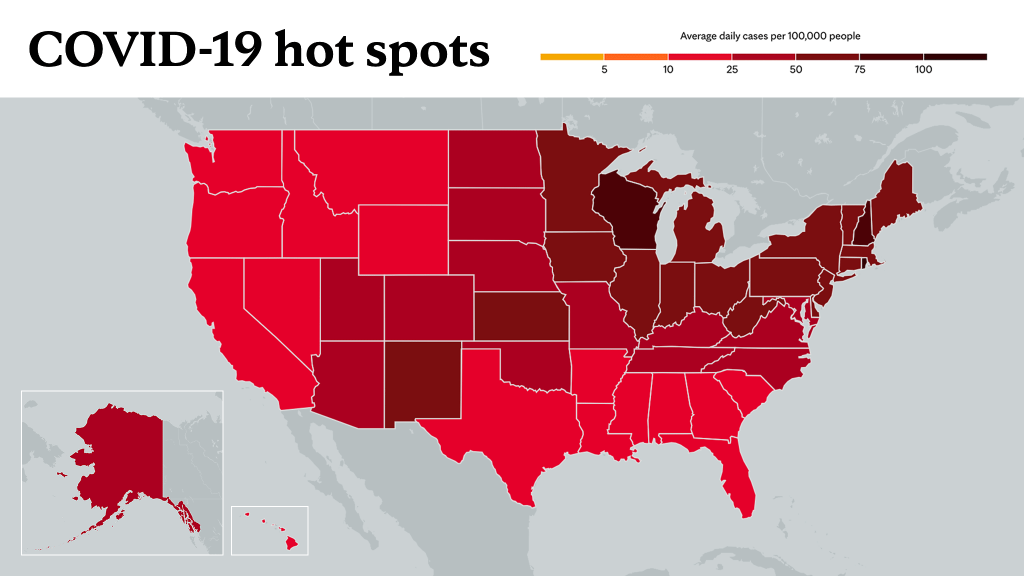-
Mayo Clinic Q&A podcast: COVID-19 pandemic highlights health disparities

Racial equity in health care has been a topic of discussion in recent years, and the COVID-19 pandemic has highlighted many inequities in the health care system.
Racial and ethnic minority groups are being disproportionally affected by COVID-19, due to a long list of factors.
"Race is a particularly important aspect of COVID-19 in terms of diagnosis and treatment, mainly because people of color and people of ethnic minorities are often in jobs that make it harder for them to access health care," says Dr. Abinash Virk, a Mayo Clinic infectious diseases physician. "They may also have difficulty accessing testing. Therefore, there's a delay diagnosis."
The Centers for Disease Control and Prevention defines social determinants of health as the conditions in the places where people live, learn, work, play and worship that affect their health risks and outcomes.
Dr. Virk explains that community engagement is an important step to developing trust and improving equity in health care.
"As healthcare providers, it's important for us to listen to people's individual concerns and to continue to educate people with scientific, nonbiased information so they can believe in us," says Dr. Virk. "What we've found through the COVID-19 pandemic, particularly through the vaccination program that we've had over the last year, is that community engagement has been really important in terms of getting people to understand how COVID-19 affects them and how they can mitigate their risk."
On the Mayo Clinic Q&A podcast, Dr. Virk discusses racial and gender equity during the COVID-19 pandemic.
Watch: Dr. Virk discuss health disparities and COVID-19.
For the safety of its patients, staff and visitors, Mayo Clinic has strict masking policies in place. Anyone shown without a mask was recorded prior to COVID-19 or recorded in an area not designated for patient care, where social distancing and other safety protocols were followed.
Information in this post was accurate at the time of its posting. Due to the fluid nature of the COVID-19 pandemic, scientific understanding, along with guidelines and recommendations, may have changed since the original publication date.
For more information and all your COVID-19 coverage, go to the Mayo Clinic News Network and mayoclinic.org.
Learn more about tracking COVID-19 and COVID-19 trends.








